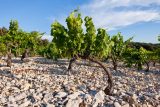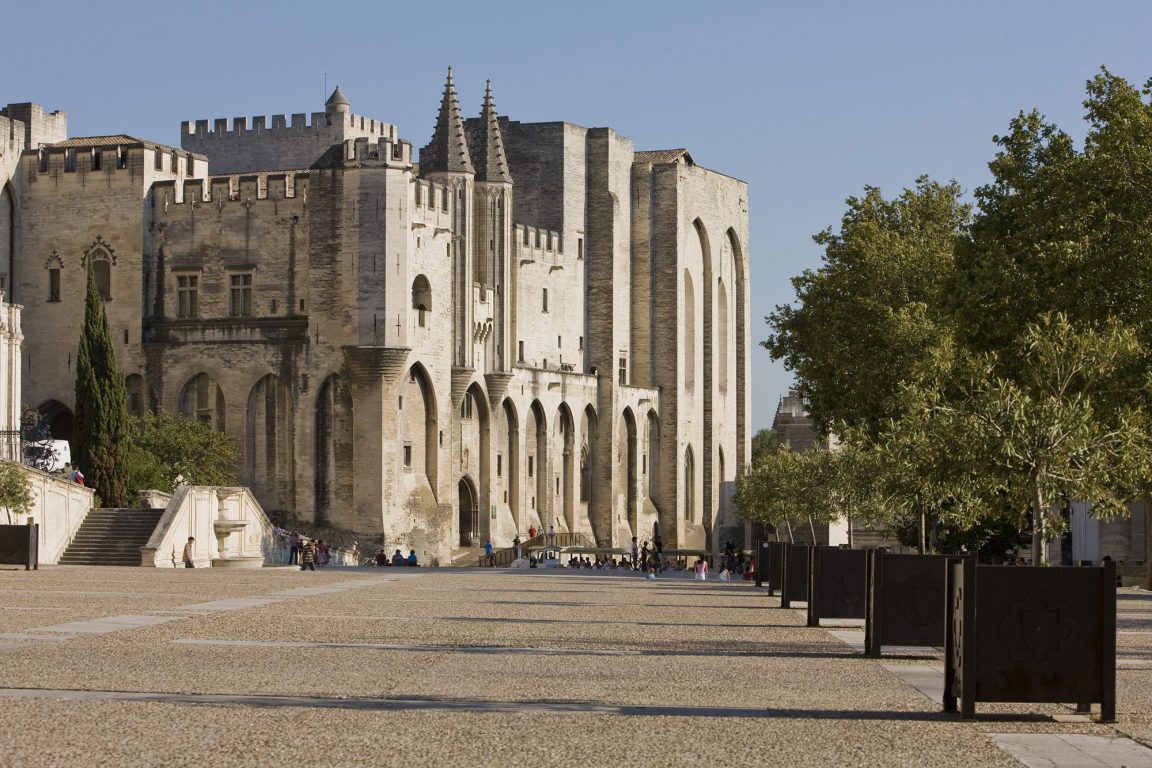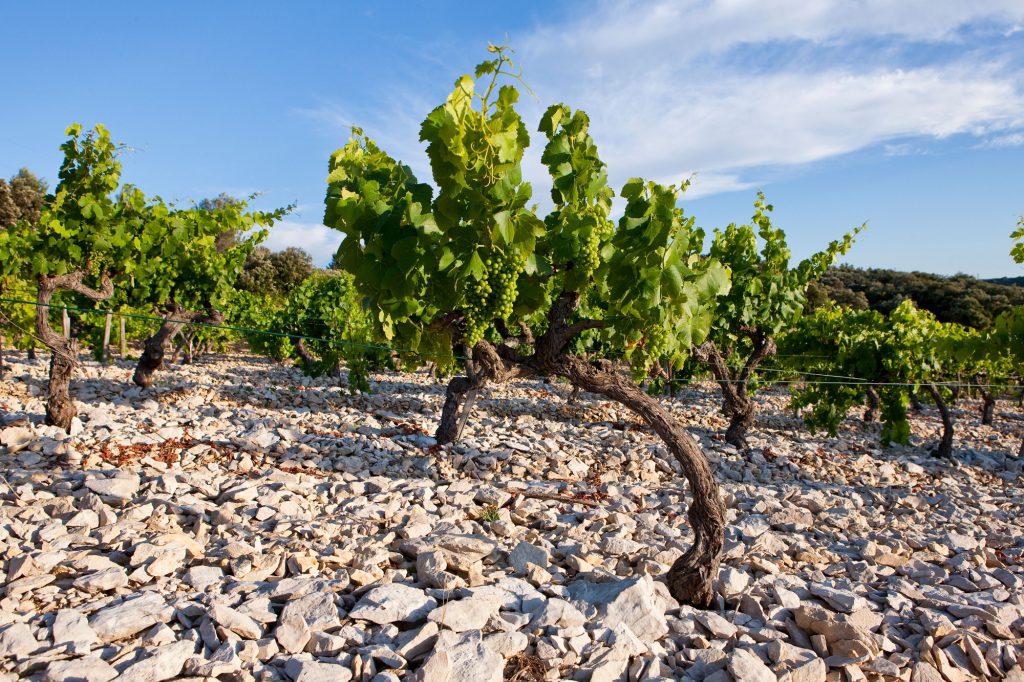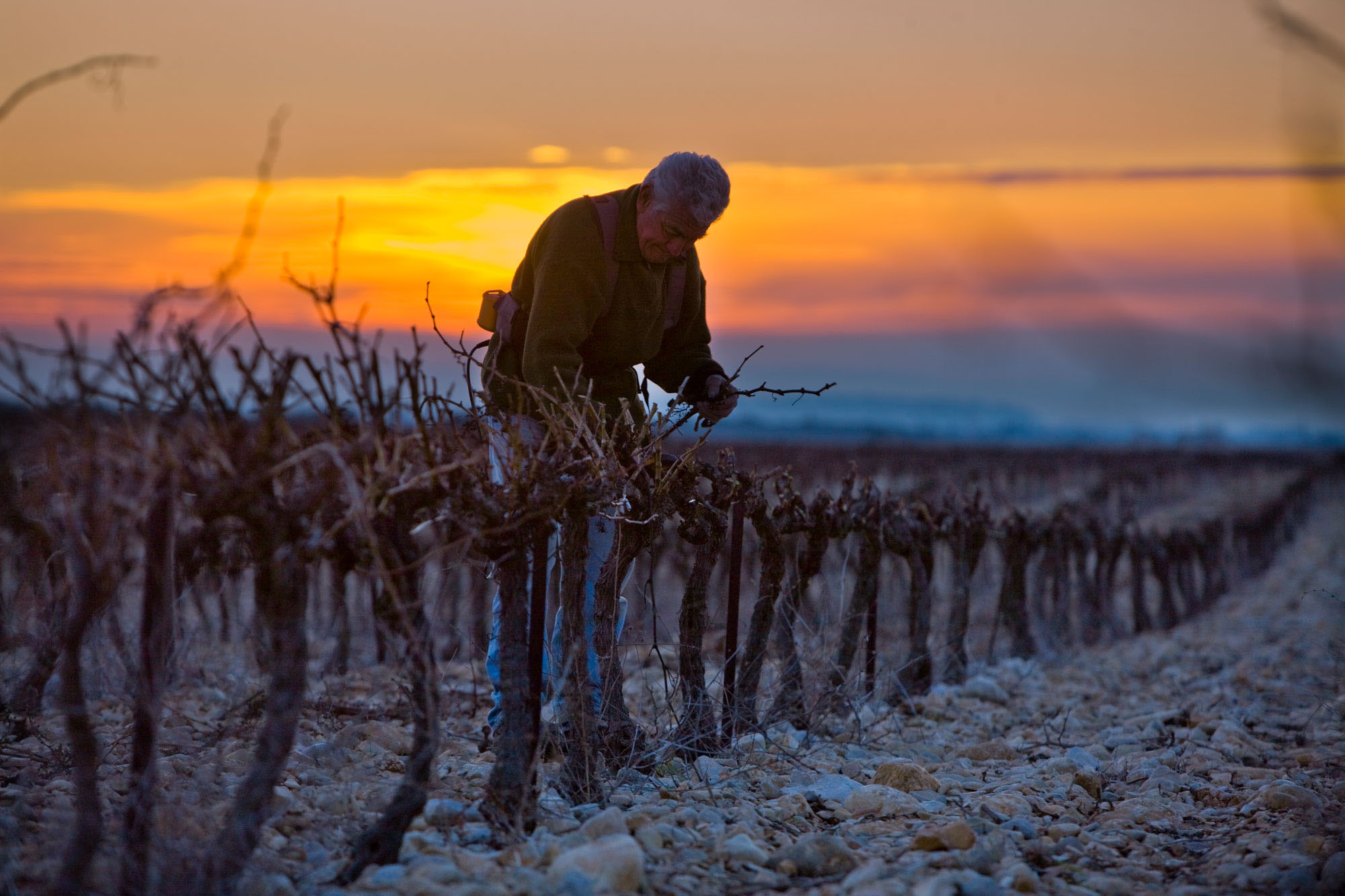SETTLING IN MASSALIA AND THE FIRST VINEYARDS
We know the vineyards have been here for centuries, but when did they start?
It all started around 600 BC, when the Greeks in pre-Roman Gaul founded the city of Massalia, not far from the Rhône Delta.
And why here?
Vineyard location has always been linked to the expansion of nearby towns, where consumption creates a demand for good, local products; so it’s not surprising that the Greeks chose Massalia – a major city and the forerunner of today’s Marseille – as a location for their winegrowing activity.
Also, the Rhône Valley was a major trade route even then, being the shortest route from the Mediterranean to the north. That worked well for wines produced in the Mediterranean area as they could be shipped across relatively long distances without too much difficulty. So the first vineyards in France were actually planted by the Greeks.
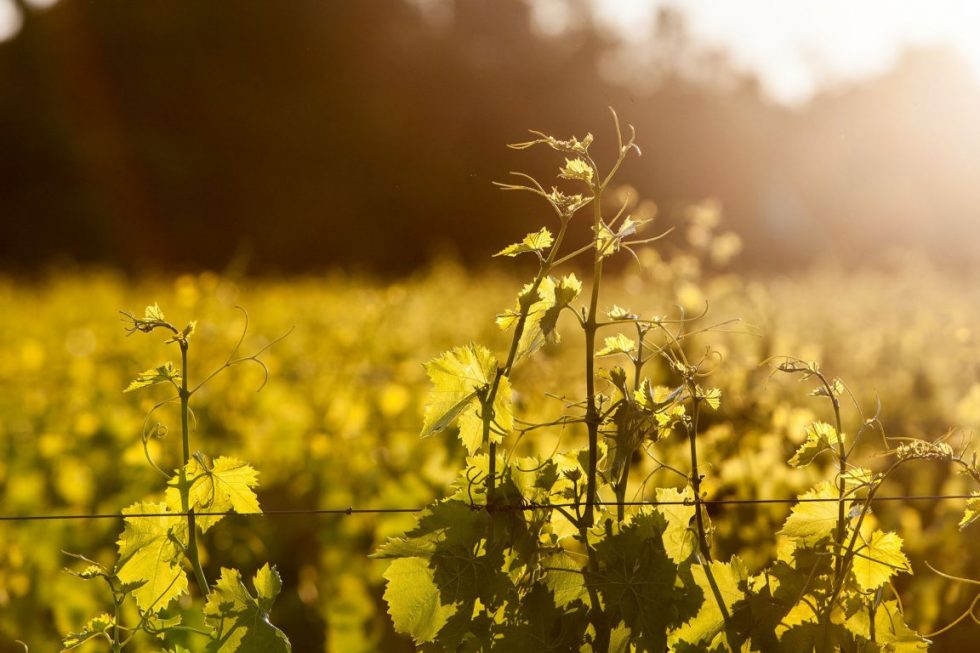
How is it possible to date it all so accurately?
From all kinds of historical evidence. In fact there have been numerous findings of amphora fragments in and around the ancient ports of Montfaucon and Bagnols-sur-Cèze, both part of the Côtes du Rhône vineyards, which suggest the Rhône Valley has a long history of wine trading, very possibly started by the Etruscans well before Massalia was founded.
So wine, but no vineyards yet?
Yes, that’s what we think. The findings suggest that wine was introduced to the Valley by Etruscan merchants even before the Greek winegrowers planted their vineyards. So the merchants came first, followed by winegrowers who produced enough for their own needs and sold on any surplus. We’re pretty sure the Gauls enjoyed wines from Italy and Greece for several centuries before there were any vineyards at all in the Rhône Valley.
So once it was introduced, wine took off in a big way.
Yes, the Gauls loved it! And when the Greeks settled here, not only did they take over the existing wine trade, they brought their own vines with them all the way from the eastern Mediterranean, which they proceeded to plant freely on the hillsides surrounding the city. They introduced new ways of looking after them in their new home to produce healthy grapes and quality wines.
By around 500 BC, Massalia was producing its own wine – and amphorae – to meet the needs of the burgeoning domestic wine trade which was gradually expanding to settlements further up-river.
And it just kept growing from there?
Yes, there was no looking back. Demand for good wine got even greater with the arrival of the Celts, who were great wine enthusiasts. Wine consumption across the whole of Gaul continued to grow, and eventually Italian merchants from the south of Italy had to step in to plug any gaps in supply.
The new trend didn’t go unnoticed; even philosopher Diodorus of Sicily wrote about the ‘Gaulish passion for wine.’
ROMAN INFLUENCE
What did the Romans ever do for us?
The Romans had a huge influence on the Rhône Valley, evidence of which can be seen even today; the towns and vineyards they created have become an essential part of the Côtes du Rhône’s heritage and landscape.
Towns like Avignon, Orange, Bagnols, Valence, Vienne, Vaison-la-Romaine, Alba la Romaine, Montélimar etc. are living proof of the impact Roman occupation had on this part of France. They were built on the Roman model, and included amphitheatres, theatres, Roman baths, temples, arenas, aqueducts and fora.
What about the vineyards?
As we know, early wine producers sought to site their winemaking facilities as close as possible to their customer base. So when the Romans wanted wine for their soldiers, they produced it as close as they could to the troops stationed at Vienne, and traded any surplus with the local population. The Rhône Valley became the winemaking site of choice.
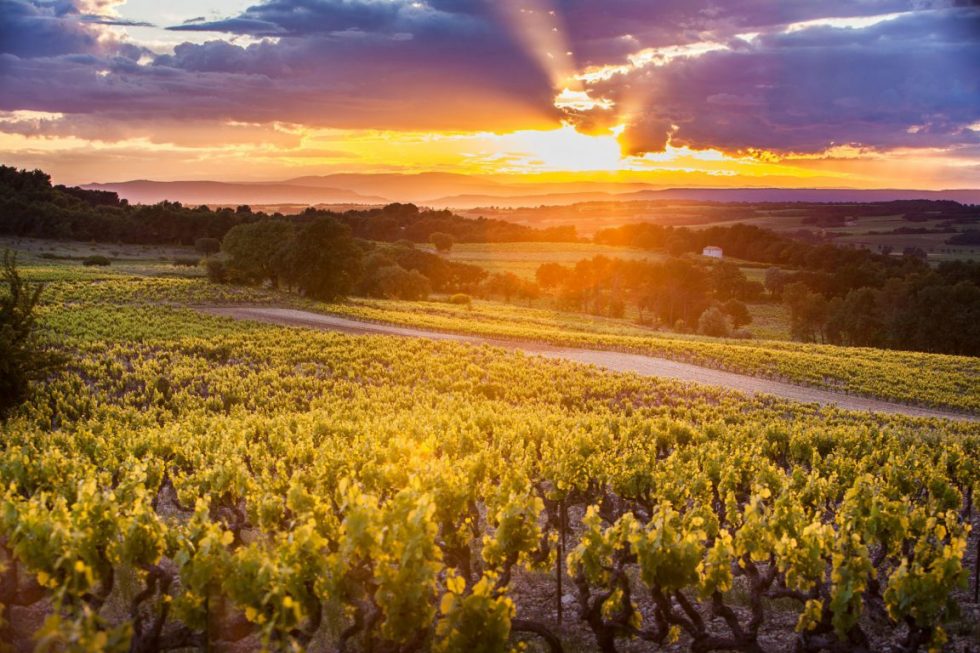
Location, location, location
In the Rhône Valley, goods were transported both by river and along the Via Agrippa linking Marseille to Lyon (certain sections of today’s RN7 follow the original Roman route), while smaller, secondary roads were used to bring wines made in the villas at Donzère and Pierrelatte to the ports.
After the Roman conquest, some lands became the property of the State, and were gifted to former Roman legionaries who planted them with olives, cereal crops and vines. From the 1st century AD, wines made in Gaul slowly began to replace Italian wines, while barrels gradually took the place of the original amphorae to transport those wines along the Rhône.
And the Côtes du Rhône vineyards? Where did they start?
If you go to the northern section of the vineyards, from Tain l’Hermitage to the south of Lyon, you’ll see rows and rows of vines growing on narrow terraces supported by low walls; some of these walls were built by the legionaries to give them a place to grow the vines they loved; and Vienne, the erstwhile capital of the Celtic Allobroges tribe and a major Roman city, was also surrounded by vines. This was the birthplace of the Côtes du Rhône vineyards.
We know, then, that the Romans planted vineyards. But how did they deal with the crops?
At the time, the largest vineyard was at Villa du Molard, near Donzère in the southern Drôme. The Romans had a number of villas like this across the area, where they grew olives and vines, the area’s speciality crops. Villa du Molard was built across some 10,000m² and was in active use for over 2 centuries – a sort of early food processing centre.
Agricultural products were handled in one section of the villa, while another section was used for winemaking and storage, with enough capacity for 200 earthenware jars each holding 1,200 – 1,500 litres of wine. It’s estimated that the vineyards themselves measured over 70 hectares. There have been significant historical findings in the plains of the lower Rhône, including traces of vine plantings, Gaulish amphorae and facilities such as the Villa Molard, showing that under the Romans, the Rhône area was a major winegrowing and winemaking region. Their remains can still be seen today.
FROM THE MIDDLE AGES TO MODERN TIMES – THE AVIGNON PAPACY AND ITS INFLUENCE ON THE VINEYARDS
The Avignon Papacy? But doesn’t the Pope live in Rome?
He does today, but he hasn’t always. From 1309 to 1423, nine successive popes lived in Avignon, starting with Bertrand de Got who was archbishop of Bordeaux before being elected Pope. He took the name Clement V, and was Pope from 1305 to 1314. The archbishop owned a vineyard in Pessac near Bordeaux, so wine was already a big part of his life. As Clement V, he moved his court to Comtat Venaissin to escape the prevailing instability in Rome, eventually settling in Malaucène near Ventoux, where he planted the first papal vineyards.
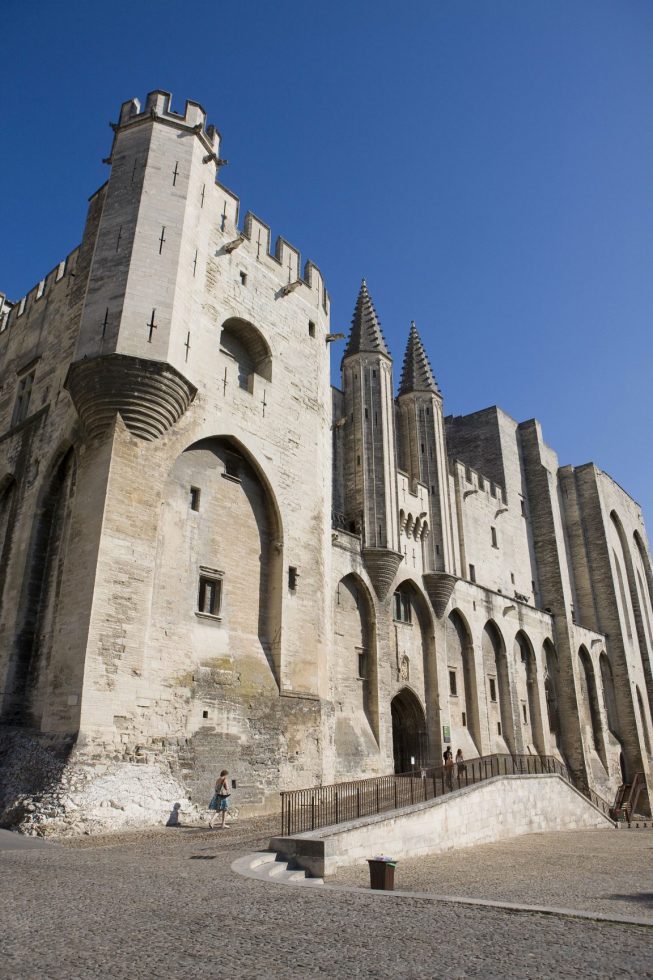
Were all the Avignon Popes vineyard enthusiasts?
It seems so. One after another, Pope Clement V’s successors extended the papal vine plantings, and that helped to increase the reach of the Rhône Valley vineyards. Then Pope Benedict XII (1334-1342) who ordered a papal palace to be built in Avignon, also built a summer residence in Châteauneuf Calcernier (later to become Châteauneuf-du-Pape), where there was already a flourishing vineyard.
Pope Innocent VI (1352-1362) was particularly keen to champion the local wines, so as well as serving wine from his own vineyard he introduced the papal court to new wines made in and around Avignon.
The influence of the Avignon Popes on the local vineyards — later to become the Côtes du Rhône – was quite a game-changer. As dictated by seigneurial custom at the time, the Popes only planted the best vines, so their wines were top quality. They also served a variety of regional wines to guests at the papal court – and these guests were often leading European figures. In time, over three quarters of the wines served by the papal court in Avignon came from all across the Côtes du Rhône.
And when they moved back to Rome?
When the Papacy moved back to Rome, they didn’t forget about the Côtes du Rhône. Wines from both sides of the river continued to be shipped to the Pontiff and his entourage from Avignon, along the Rhône and across the sea.
Was it all the Popes’ doing then?
No, not all. The French royal court was also enthusiastic about Côtes du Rhône wines, having served and enjoyed them since the time of Francis I. Meanwhile, the wines were gradually being introduced into Britain, shipped along the Canal du Midi (opened in 1680) then by sea from Bordeaux to England. From around 1780, the vineyards of the lower Rhône proudly watched their wines being enjoyed by British consumers, who called them ‘wines of the Ardoise’ after the river port from which they were shipped.
THE PHYLLOXERA CRISIS, RESTORING THE VINEYARDS AND GROWING RECOGNITION AT HOME AND ABROAD
So they all lived happily ever after?
If only! It’s true to say that the first half of the 19th century was a golden time for French winegrowing in general and the Rhône Valley in particular, and that the vineyards grew and flourished. In the latter half of the century, however, the vines were hit by a succession of major problems, many brought in from abroad. These included oidium, mildew and of course the devastating plague of phylloxera, an aphid which attacks the roots of the vine. It spread through Europe like wildfire, carried on vine stocks imported from America.
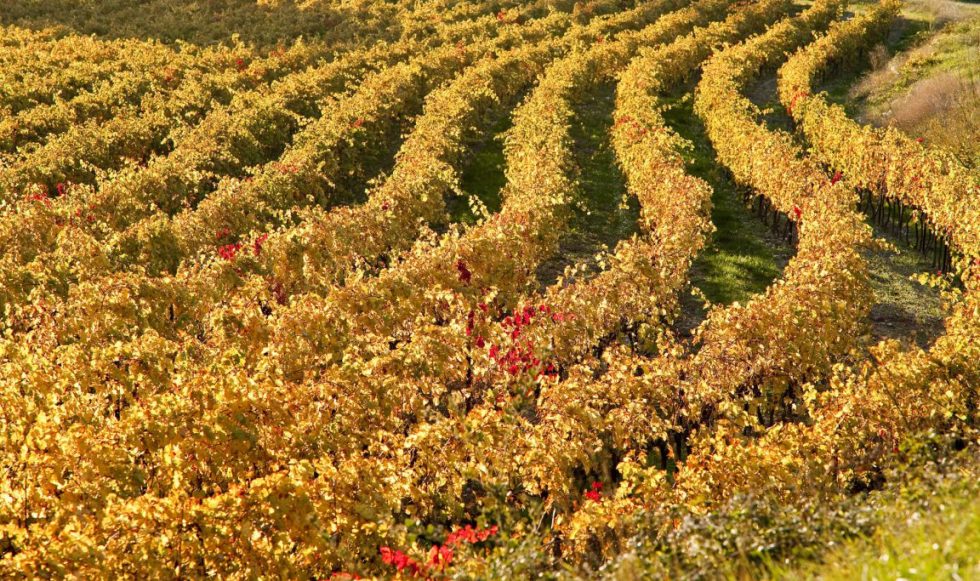
But the vineyards are still around. So did they find a cure?
Not a cure, but they found a solution – eventually. The nasty little pest gradually spread throughout France, carried by the wind and transported along major roads, and it wasn’t until 1890 that French botanist Jules Emile Planchon recognised why the vines were dying: that the damage was caused by an insect. He came up with an idea which would save and restore French vineyards – but it meant that the vineyard landscape and vine management practices had to change
- Vines were grafted onto American rootstocks with a natural resistance to phylloxera, and then replanted;
- New vines were tied in to wire trellises leaving space for ploughing, first by horse and then, from the 1950s onwards, by tractor. Meanwhile, in the north of the Rhône Valley where slopes were too steep to access by machine, each vine was trained to a wooden stake – sometimes even 2 stakes, the second at an angle to support the first – giving a mountain-top look and almost ethereal feel to the vineyard landscape.
So it was all back on an even keel again?
Yes, and things were looking good. Traditional Rhône Valley varietals became increasingly popular at home and abroad, linked in no small part to the success of Côtes du Rhône wines and Crus. New World winemakers in particular took European varietals to their hearts, and began to use them in their premium wines. At the end of the 20th century, just as reconstruction of the vineyards was nearing completion, the popularity of native Rhône Valley varietals Syrah and Viognier began to soar, reaching a peak between 1980 and 1990. New World wines were just coming into their own, and the two northern Rhône Valley varietals were sought after not just in south-eastern France but throughout the world.
And the world still loves them?
More than ever! Today Syrah is grown in more than 25 countries, and Viognier in over 18. Syrah in particular is seen on a par with some the top Bordeaux and Burgundy varietals. These are wines with real impact!
FROM 1937 TO THE PRESENT DAY: CÔTES DU RHÔNE WINES PROTECTING OUR HERITAGE
A bit about the AOC system
The AOCs (Appellations d’Origine Contrôlée) are, to a large extent, driven by local winemakers, very often by just one person trying to spur others into action, persuading them that the way forward is to achieve broader recognition by making better quality wines.
Who came up with the system in the first place, and why?
The AOC system, including the Côtes du Rhône AOC, was the brainchild of Baron Pierre Leroy de Boiseaumarié, a winegrower from Châteauneuf du Pape, Baron Leroy wanted to find a way to champion the wines of his home region, spreading their fame by focusing on quality. He managed to persuade a large part of the industry to follow his lead, so thanks to his efforts we now know that every bottle of Côtes du Rhône AOC we buy will contain an authentic, terroir-driven, high quality wine from a tightly-defined region. Baron Leroy played a major part in making Côtes du Rhône wine a go-to product all over the world.
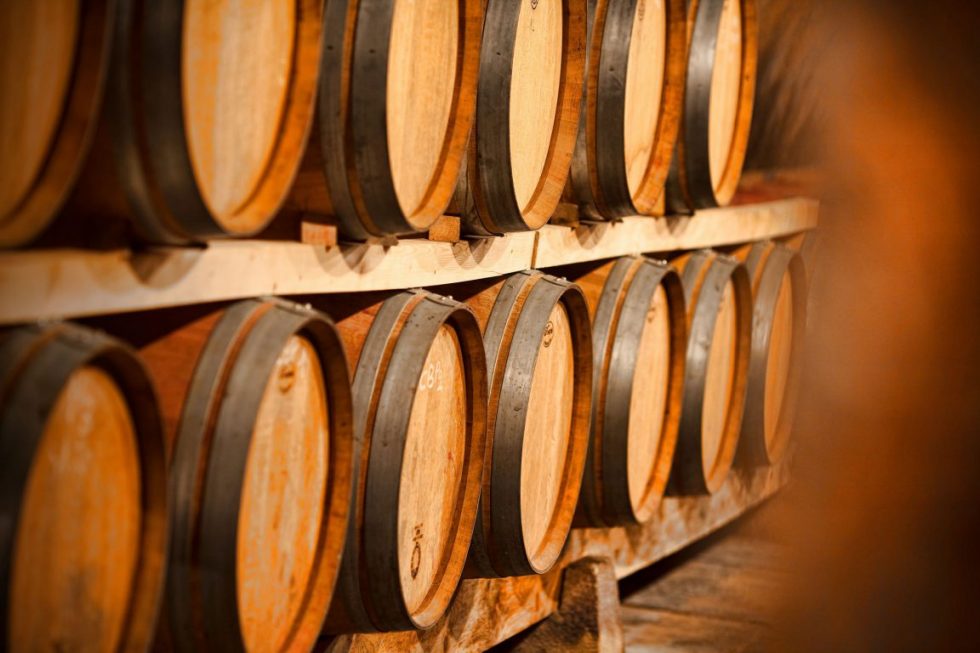
Who was he?
Pierre Leroy de Boiseaumarié (1890-1967) was the son of a cavalry officer. Following in his father’s military footsteps, he served as a fighter pilot (becoming a flying ace), in World War I, then went on to read law at Montpellier University. In 1919 he married Edmée Bernard le Saint who owned a château and vineyard in Châteauneuf du Pape in Vaucluse. There he became a winegrower.
How did he become so influential?
His first-class knowledge of the law, good public speaking skills and excellent powers of persuasion Baron Leroy as he was known – the perfect figure to head up the local winegrowing community at a time when the wine economy was in crisis.
How did he go about it?
In 1923 he set up a Winegrowers’ Syndicate in his own village, the aim being to achieve official recognition for a future Châteauneuf-du-Pape appellation and eliminate fraudulent use of the appellation name. 6 years later he persuaded the vast majority of Rhône Valley wine producers to join him, and together they formed the Côtes du Rhône Winegrowers’ Union. They would go on to create a Côtes du Rhône appellation, setting parameters to control production and ensure quality. All growers from across the whole Côtes du Rhône region were eligible to join; there was just one condition, that “products would not be sold under the Côtes du Rhône name, regional or local, unless they consistently complied with traditional local practice, and were made from the classic local varietals grown on the hillsides”.
Grapes grown in alluvial soils or on the plains, and wines made from ‘outside’ varietals were excluded.
Any success?
Yes, it all went well. Baron Leroy’s project won the approval of CNAOC, the Comité National des Appellations d’Origine Contrôlée (forerunner of INAO) in 1937, which led to the official introduction of the Côtes du Rhône AOC.
Why was an AOC system – or something like it – needed?
Creating the modern AOC system was quite a task, but it was essential, primarily to eliminate fraud, including banning the use of fine-looking bottle labels to which the wine inside was not entitled. AOCs also ensure quality while being flexible enough to recognise that on occasion, intervention is needed both in the vineyard and the winery.
Who has the final say?
All appellations are approved by INAO and signed off by the Ministry of Agriculture. Rules are strict, but not unbending; they are readily adaptable to changes in vineyard management and individual winemaking techniques, or in response to official requests made by winegrowers’ syndicates via INAO. The only absolute is that the wines must be high quality and reflect the terroirs in which they grow. The AOCs and terroirs allow winegrowers to express their individuality throughout the process, as long as quality and integrity are maintained. The AOCs are our heritage; we are their guardians, not their owners.
In 2009, all AOCs also became AOPs (we know them as PDOs – Protected Designations of Origin) under a new EU quality scheme to combat international fraud.





